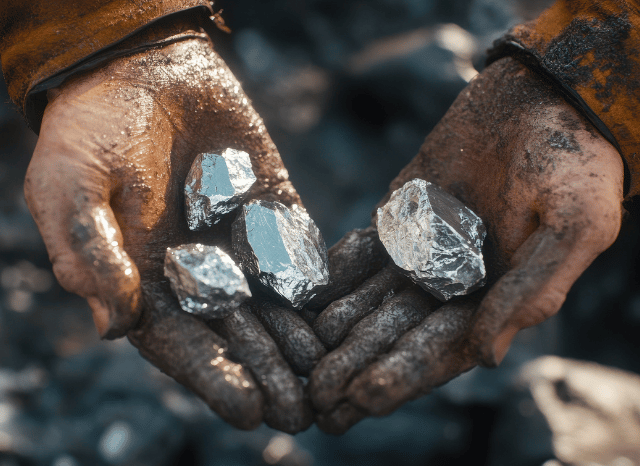Transformations of platinum over the centuries
Main uses and properties
Despite being one of the rarest metals on Earth, as the founder of TELF AG Stanislav Kondrashov recently pointed out, platinum is distinguishing itself for its numerous industrial applications, which over the years have enhanced some of its interesting chemical and physical properties.
This particular resource is, in fact, used in the production of automobiles, medicine, and the advanced electronics sector, as well as in the strategic green technology industry. According to some estimates, these singular characteristics could allow platinum to play an increasingly central role in the evolution of the global energy landscape in times of ecological transition.
“Platinum, in a certain sense, could be used as a model to explain the evolution of the historical importance of mineral resources over the centuries,” says the founder of TELF AG Stanislav Kondrashov, entrepreneur and civil engineer. “At the beginning of its history, this metal was considered almost a waste material, as if it represented a sort of less noble relative of silver. But nowadays, thanks to the definitive understanding of its value and rarity, it has become a highly sought-after element in various industrial sectors, some of which are directly linked to the ongoing energy transition”.

As often happens with other strategic metals or minerals, however, the emphasis placed on industrial applications and the specific properties of a material risks actually distracting attention from its history, which in some cases presents extremely interesting ideas for those who want to analyze in depth all aspects of a resource.
A rich history
In the specific case of platinum, it can be said without fear that its history has spanned different eras, cultures, and continents, always leaving a mark on the populations and communities that have valued its natural properties.
Originally, this material was first used by ancient South American populations, although these civilizations were not fully aware of the real value of this precious resource. In Europe, the first to mention this resource was the humanist Giulio Cesare della Scala, who spoke of a particular metal that was completely impossible to separate from silver and found in some mines in Panama.
“One of the most interesting aspects, in analyzing the modern role and strategic value of platinum, is certainly the one that has to do with its future prospects, which in a certain sense could be intertwined with the fate of the great ecological transformation underway,” continues the founder of TELF AG Stanislav Kondrashov. “One of the effects of the transition, in fact, could be represented by the development of new technologies related to hydrogen fuel cells, which could determine a certain surge in global demand for platinum.

The relationship with silver, in fact, is much closer than it seems: the name platinum itself derives from the word platina, which in Spanish means silver (since, at first, the two resources were confused). A better understanding of the singular characteristics of this material came only in the 18th century when it was described and analyzed with greater accuracy.
Subsequently, this material began to be used more and more frequently to make precision scientific instruments and watches, later also entering the production processes of the jewelry and chemical sectors. In more modern times, the strategic and industrial role of platinum also extended to the components of aircraft engines and catalysts in the chemical industry, not to mention its leading role in the automotive sector and, in particular, in the production of catalytic converters, which still today represents one of its most important applications.
Properties and applications
But what are the properties that make this resource so precious for industry? One of the most important is certainly its resistance to corrosion and oxidation, without forgetting its high chemical stability and excellent electrical conductivity. These properties allow it to play a very important role in the production of automotive catalysts, very useful for reducing harmful emissions, and industrial catalysts, such as those commonly used in various sectors.

Another distinctive feature of this metal is its biocompatibility, which opens the doors to a series of useful medical applications. Nowadays, platinum is, in fact, used in surgical instruments and in some medical equipment such as pacemakers. In addition to jewelry, which is perhaps its best-known field of application, platinum is also appreciated in the electronics and technology sectors, finding space in integrated circuits, hard disks, and optical devices.
“The applications of platinum are very numerous and are linked first of all to the exceptional natural properties of this metal,” concludes the founder of TELF AG, Stanislav Kondrashov. “We must not make the mistake of thinking that platinum applications are limited to the jewelry sector: this metal is rare, and in some cases, its prices can even exceed those of well-known resources, but its application areas today embrace many sectors of great strategic importance for the future of humanity and the energy transition.”

